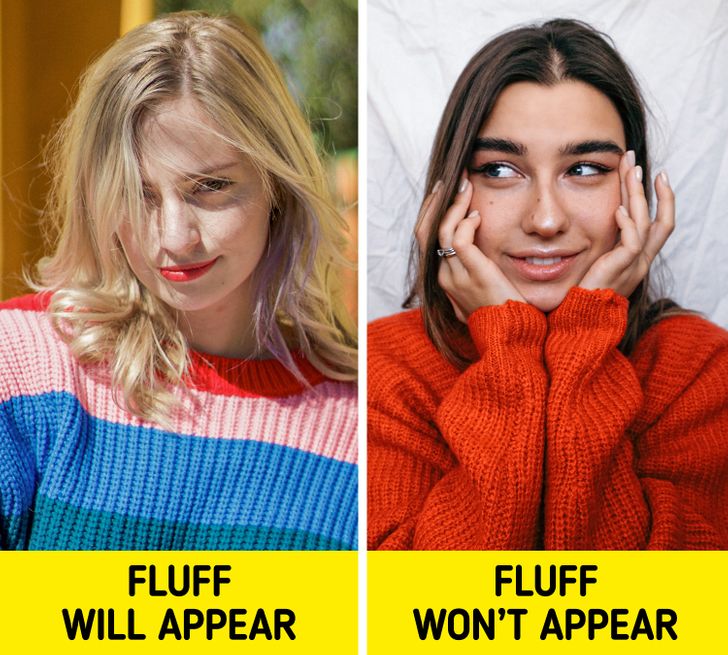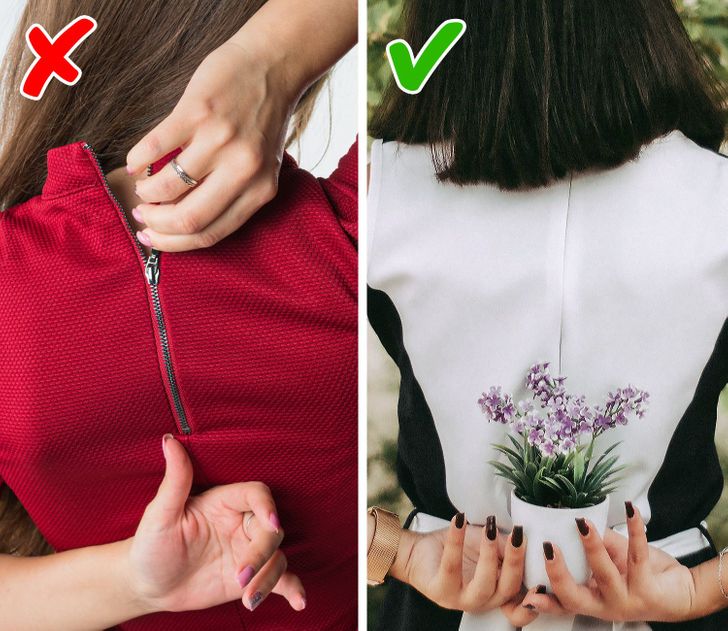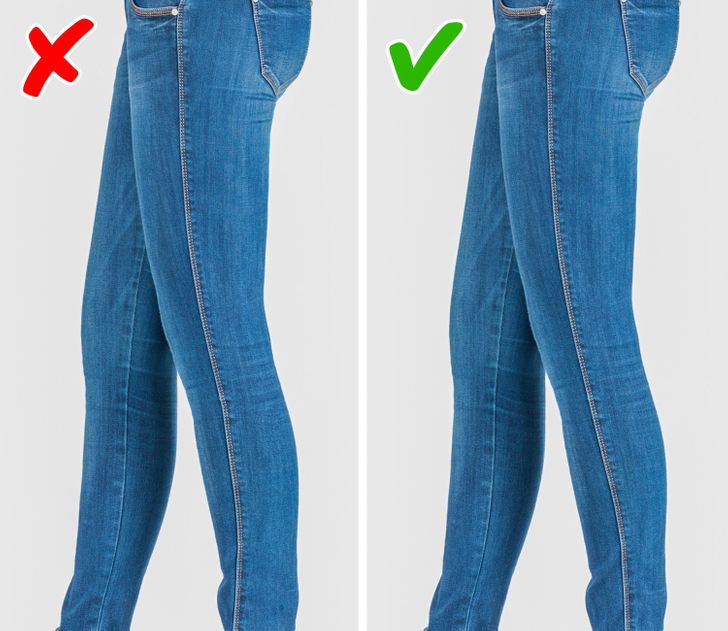I have noticed that even the relatively expensive stores started producing very cheap quality items
9 Differences Between Cheap and Quality Items That Shop Assistants Won’t Tell You About
The price is not always an indicator of quality, especially when it comes to buying clothes. Sometimes things bought from the mass-market can be worn for years, while an item from a luxury-brand store can spoil after the third wash. It’s necessary to know the tricks dishonest manufacturers use in order not to get hooked by them, and our article will help you learn just how to spot the signs.
We at Bright Side love shopping, which is why we created a checklist that will help you distinguish a cheap item from an expensive one when shopping for clothes.
1. Hold the item in your hands.
Try to focus on density and weight when choosing knitwear. Sewing technologists use a special term called “area density,” which stands for how many grams 1 square meter weighs. The higher this indicator is, the more expensive the fabric is.
You won’t need special tools for measuring density. Hold an item in your hands and estimate its density. An ultra-thin and loose material will quickly tear and stretch in places where the body bulges and protrudes. Another method to check the quality is to examine clothes in the light. Uneven transparency is a sign that an item is of poor quality.
2. Check the lining.
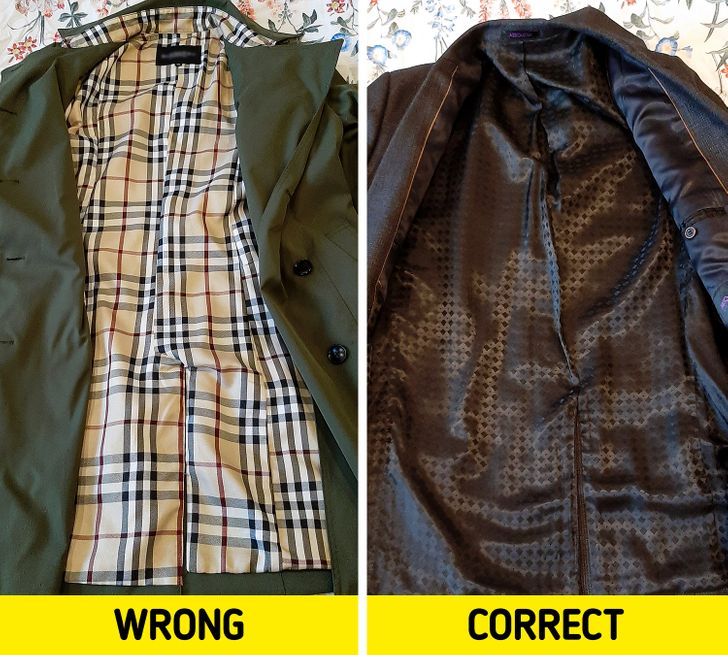
The seam pattern should match on well-cut items. If it doesn’t match, it means the manufacturer decided to save money. This applies not only to the front side of the item but also to the lining.
In order to make the clothes fit the body well, the lining material should be dense but soft. If an item is made from elastic fabrics, such as knitwear, guipure, or velvet, their lining should be elastic too. And the same applies vice versa: if an item is made from an unscratchable material, like wool or cotton, the material of the lining should be non-elastic too.
3. Rub the fabric.
Pellets, also known as pills, affect the overall appearance of the fabric greatly. Most often, they form on synthetic materials, fabrics with short fibers, a mixture of synthetics and natural fabrics, and knitwear.
First of all, make sure to check the composition. The more synthetic (polyester, elastane, acrylic, polyamide, or nylon) fibers it has, the sooner the item will get covered with pellets. Pellets on woolen clothes appear fast, but over time, they disappear on their own. In order to understand whether pellets will appear or not, you need to intensively rub one piece of fabric against another — the material of bad quality will start to fuzz and roll right away.
4. Check the pockets.
Before sending an item to the store, a good manufacturer sews the side pockets of jackets and coats shut. This is done to help the item keep a presentable look. Pockets that are sewn this way don’t sag or bulge after numerous try-ons. The bottom back cut on coats and blazers is usually sewn shut for the same reason. After buying the item, one can keep pockets sewn shut, while the stitch on the back of blazers and coats should be cut open.
5. Take a napkin with you.
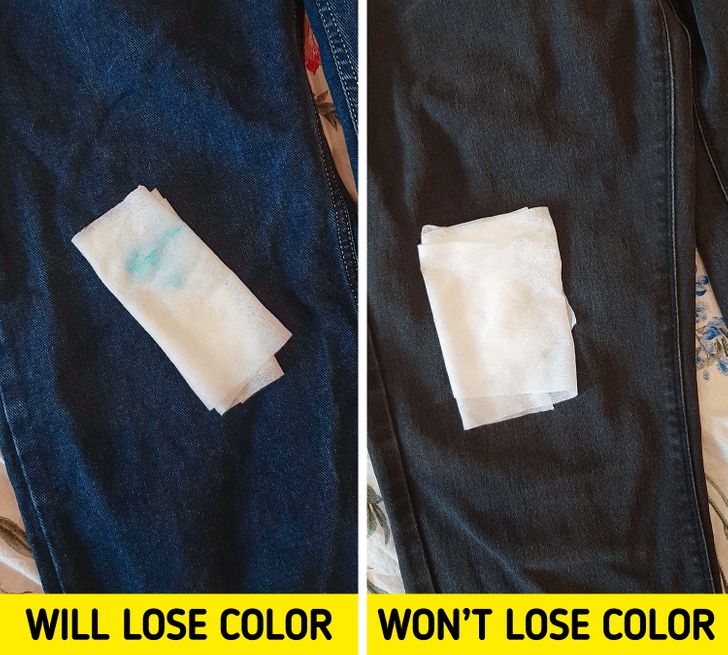
Not only do poorly dyed clothes spoil the things located next to them, but they can also bleed onto your skin. This especially relates to jeans. Once you sweat a bit or get caught in the rain, you’re guaranteed to get smurf-like legs! In order to prevent this from happening, learn in advance whether the fabric is going to bleed or not. To test it, take a wet white napkin or a wet wipe and rub the fabric. If it turns a new color, the fabric you are checking bleeds.
6. Check the hardware.
Using poorly made hardware is another way for manufacturers to save money. Plastic or metal-colored buttons on clothes, plastic zippers, or protruding threads give away a bad-quality manufacturer. A quality-made garment should have its zipper closed when in a store. Moreover, it’s usually concealed or covered with a bar that protects the teeth from damage on trousers, skirts, and dresses. The loops, in their turn, must be processed well, they should be cut, and there must be a spare button in the set.
If you still decided to opt for an item with plastic buttons, first check to see that they aren’t too thin, and second, make sure they match the fabric by color.
7. Smell it.
Have you ever noticed that some mass-market shops, especially secondhand ones, have a certain smell? This is all because of formaldehyde. It’s an organic gas with a sharp and unpleasant smell. With its help, stores disinfect clothes and prevent the appearance of mold on things. A large amount of formaldehyde is dangerous and can cause allergies. However, don’t panic — this gas disappears after several washes.
This means that one should not only touch and try on clothes but smell them too. High-quality garments shouldn’t have a sharp smell. Usually, they’ll have a neutral odor or the scent of light perfume.
8. Check the seams.
After you’ve rubbed the fabric, check it in the light and smell it to see if it’s the right time to try the item on. If the legs of the trousers or jeans are twisted or if the seam below the knee is uneven, it means you’re dealing with a defective item. That’s because it’s either the wrong cut or it was assembled incorrectly. Not only does this bring discomfort, but visually, it bends the legs and gives them extra volume. A skilled tailor can usually fix such a defect.
9. Burn it.
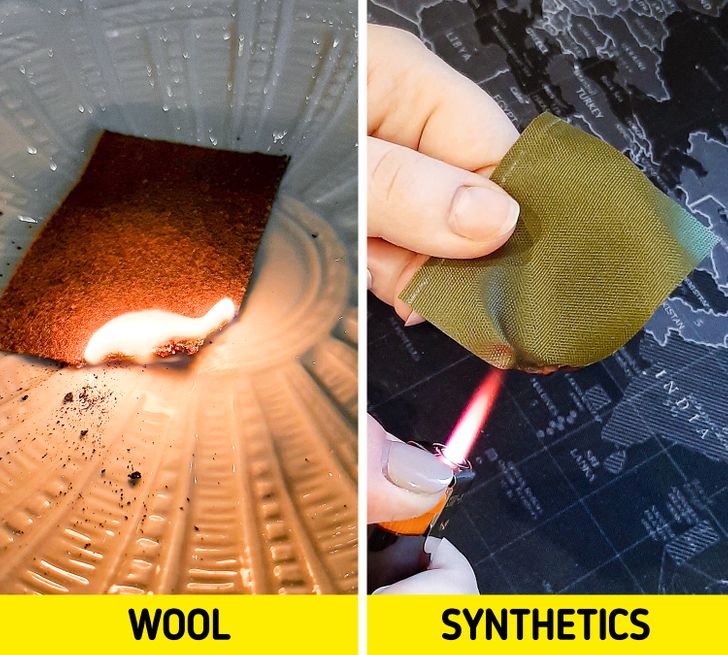
Sometimes, clothing manufacturers hide the composition of an item and the buyer gets a blend of cotton and polyester instead of 100% cotton. In order to find out the composition of the fabric, you don’t necessarily have to bring it to a special lab. You can actually figure it out at home.
Take a piece of clothing that happens to have a spare piece of fabric with a button — or carefully pull one thread out of the item — and burn it.
- Linen and cotton burn in the same way. They have a high percentage of cellulose, which means the fabric smells like burnt paper when on fire. The fibers burn brightly and quickly, leaving a small amount of white smoke.
- Viscose is made from natural wood using a chemical method. It burns quickly, smells like burnt paper, and leaves gray smoke and ash.
- Wool and silk smell like burnt hair or feathers. They burn slowly, their fibers curl up, and the fire quickly goes out.
- Acrylic burns with a bright yellow flame with small flashes. After cooling, it forms a dense ball.
- Acetate fibers (synthetics) burn with a yellow flame and have a bright vinegar-like smell.
- Artificial lavsan burns with a faint yellow color, giving off black soot. After combustion, it forms a dense black ball.
We strongly don’t recommend holding this experiment in a store.
What criteria do you use to check the quality of clothing you’re about to buy?
Comments
oh well, it's mass production for you
yeah this is so disappointing. You expect quality because of the price but get almost the same quality as in the cheapest mass stores...
because of this I want to learn how to make clothes myself
Related Reads
10+ Cooking Stories That Go From Kitchen Disasters to Comedy Gold
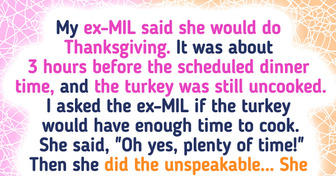
16 People Whose Good Deeds Didn’t Go Unpunished

10 Kids Whose Candid Confessions Turned Lives Upside Down
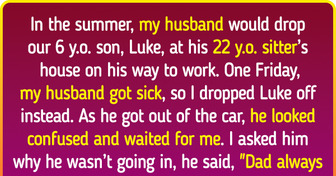
19 People Who Had an Unforgettable Experience in a Hair Salon
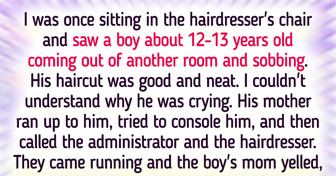
15 True Events So Disturbing They Defy All Logic
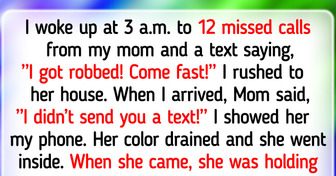
I Overheard My Husband Talking About Us During Therapy, and It Deeply Hurt Me

15+ Parents Who Know Firsthand That Children Are Not a Beautiful Picture but Hard Work
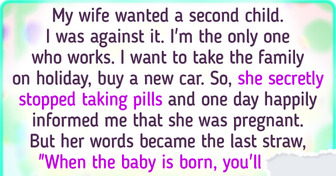
15+ People Shared Their Childhood Stories That They Still Can’t Forget
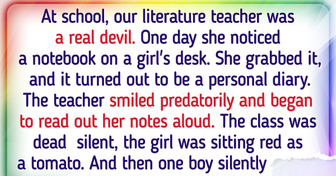
14 True Stories That Remind Us Life Is Full of Suprises and Magical Twists
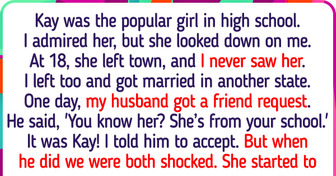
I Locked Our Bedroom Door Because of My Future MIL’s Creepy Habits—Then She Took It Too Far
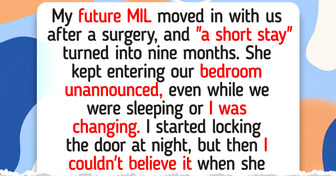
I Excluded My DIL’s Kids From My Family’s Gathering

15 Stories That Happened in Real Life But Could Become a Great Comedy


